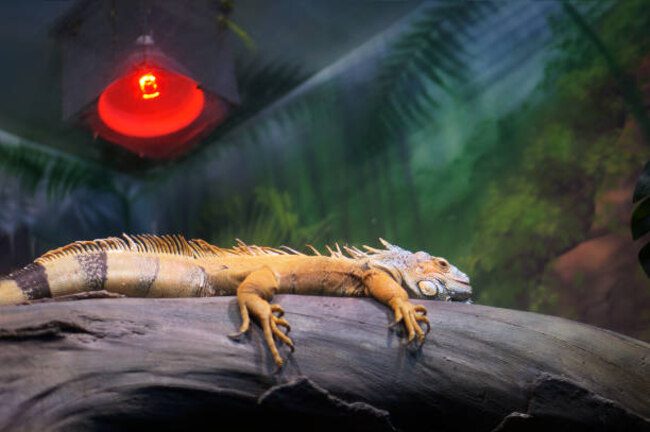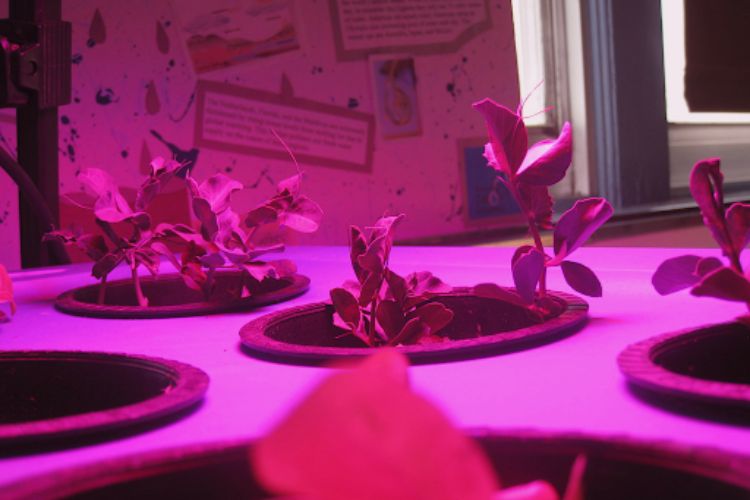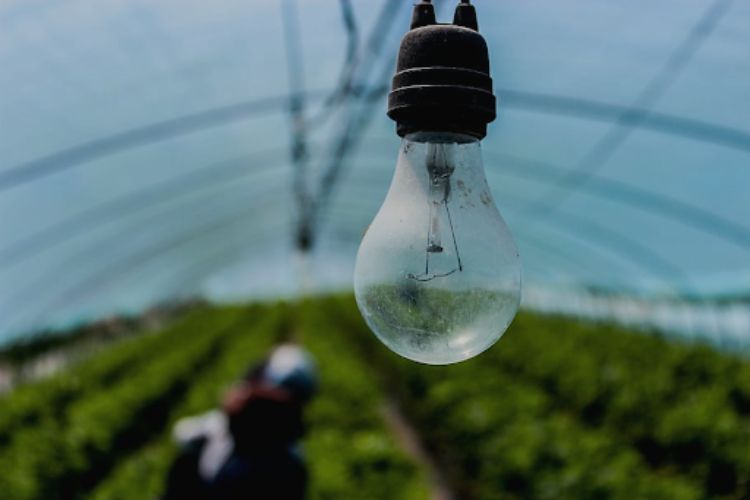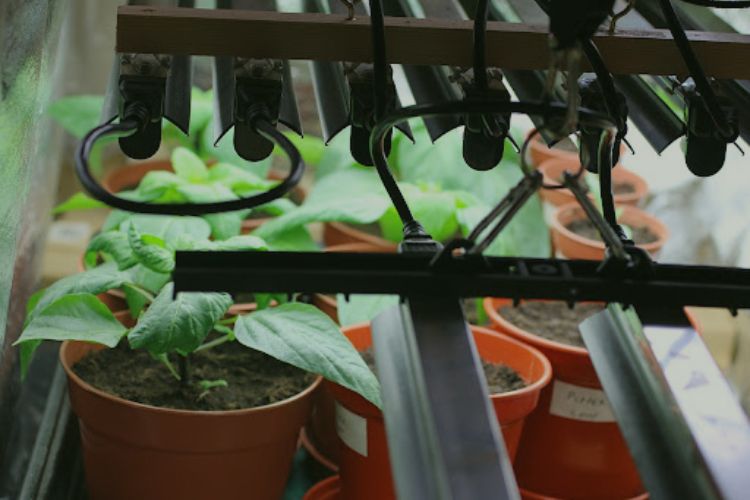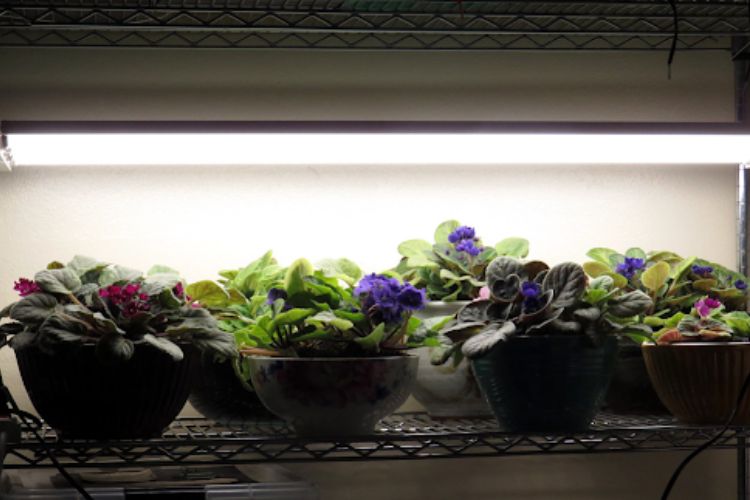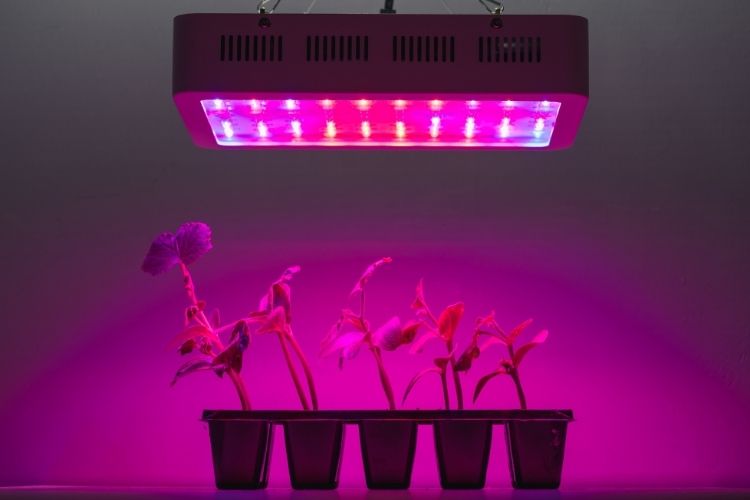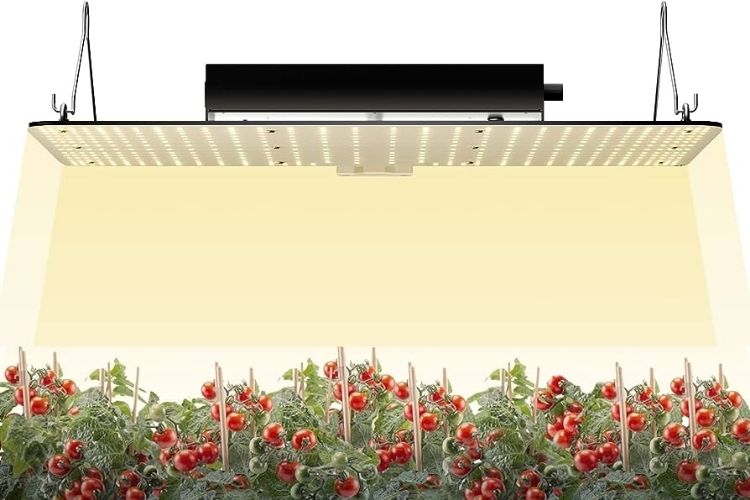LED Light And LED Grow Light: Ways To Tell Them Apart
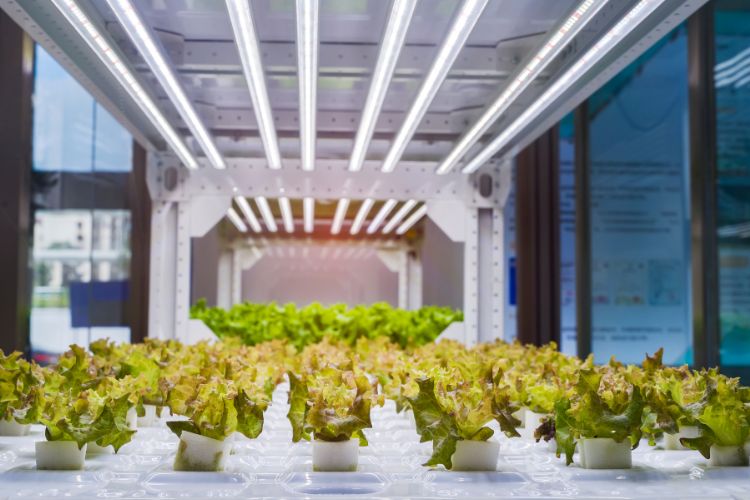
LED light and LED grow light are two distinct lighting solutions that serve different purposes. While both use LED technology, they have specific characteristics that set them apart. This article will explore the key factors differentiating these lighting devices. Then, you will understand how to distinguish them. Let’s check!
About LED Lighting Devices
LED technology has revolutionized the lighting industry. Now, it offers many advantages over other sources. LED lights are energy-efficient, long-lasting, and environmentally friendly. They consume significantly less power, reducing electricity bills and carbon emissions. Also, they have a longer lifespan than incandescent or fluorescent lights.
In recent years, LED technology has been popular in horticulture with the advent of LED grow lights. These lights emit wavelengths catering to the plants’ needs during their growth stages.
Differences Between LED Light And LED Grow Light
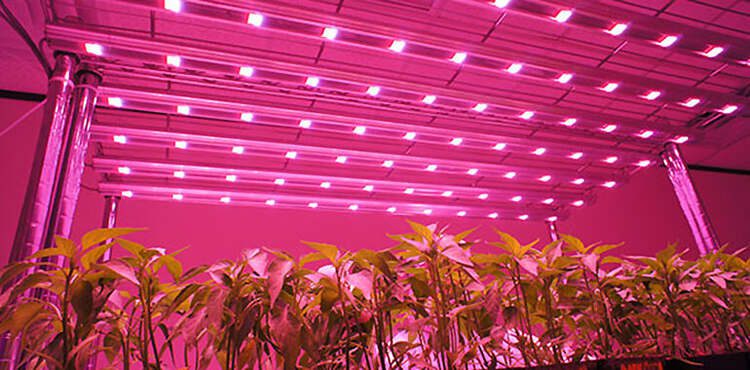
Let’s check this comparison to know the differences between these LED bulbs and LED grow light features right now!
Light spectrum
LED light for general illuminating emits a broad spectrum of light. Thus, they provide adequate illumination for various uses, such as residential and industrial. Meanwhile, a grow light provides the optimal full spectrum for plant development and photosynthesis. Although you will find many full spectrum options, they still focus on the blue and red wavelengths most effective for promoting plant growth. The blue light (400 – 500 nm) and red light (600 – 700 nm).
Light intensity
LED bulbs have a high light intensity to provide brightness for everyday tasks. They focus on illuminating a space effectively. But, LED grow lights are specifically engineered to deliver the optimal light intensity for plants. Compared to LED grow lights, which can provide the necessary light for photosynthesis. They ensure plants receive adequate energy for their metabolic processes. Besides, grow lights can be adjusted to emit light at different intensity levels. Thus, you can customize the lighting conditions for specific plant species and stages.
Energy efficiency
LED lights are popular for their exceptional energy efficiency compared to traditional lighting sources. Yet, LED grow lights take energy efficiency further by tailoring the light spectrum for plants. Moreover, grow lights have advanced technologies such as adjustable intensity and programmable timers. Hence, they enable you to fine-tune the lighting conditions and optimize energy usage.
Extra features
LED lights often come with various additional features, including dimmable options. Thus, you can adjust the brightness to your preference and create different lighting atmospheres. Besides, smart LEDs can be connected to home automation systems, allowing for remote control, scheduling, and integration with voice assistants.
LED grow lights, on the other hand, come with specialized features tailored to indoor horticulture. One common feature is the adjustable spectrum and intensity, which lets growers modify the light output to match the plant’s needs. Moreover, some advanced models of this type of grow light have programmable timers to set photoperiods to simulate natural day-night cycles. In addition, certain grow lights incorporate cooling systems to manage heat dissipation and prevent damage. This feature ensures a stable and optimal growing environment.
Cost
LED grow lights have a higher cost than general LEDs. It is due to the specialized features and technologies incorporated into their design. Some of them are adjustable spectrum, light intensity, and programmable timers. But they offer significant advantages for indoor gardening, including increased crop yields, faster growth rates, and year-round cultivation.
Uses
A LED light finds widespread uses in general illuminating scenarios. They are popular in residential spaces, commercial buildings, offices, retail stores, and outdoor areas. A grow light is for indoor gardens and plant cultivation. People often use them in indoor gardens, greenhouses, and vertical farms.
Comparison Table
| Features | LED light | LED grow light |
| Spectrum | Broad spectrum for general illuminating purposes | Tailored for plant growth |
| Intensity | High | Optimal for plants |
| Energy Efficiency | Lower | Higher |
| Extra Features | Simple feature for illuminating needs | Many features to grow plants |
| Cost | Lower | Higher |
| Uses | In common illuminating scenarios | In indoor gardens and plant cultivation |
Can You Use LEDs To Grow Plants?
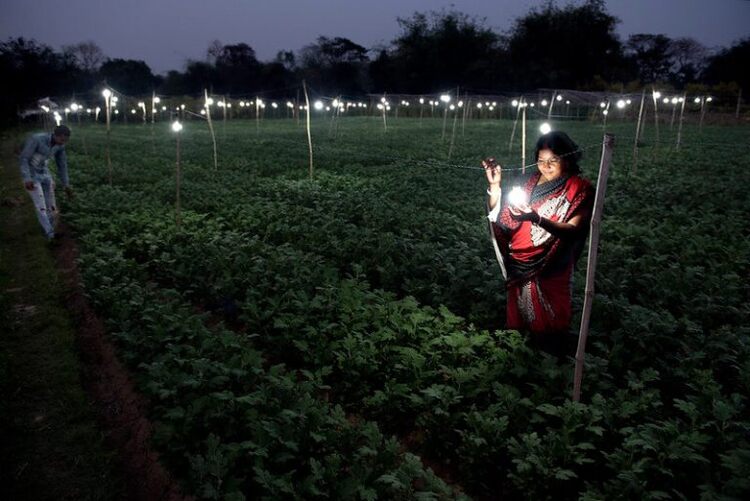
No, while LEDs can support plant growth, they may not be as effective as grow lights. LEDs emit a broad spectrum of light and include wavelengths beneficial for plants. Yet, they often lack the specific intensity required to optimize plant development. Besides, they may not provide the right balance of blue and red light. Also, their light intensity may not meet the plant’s needs for efficient photosynthesis and robust growth.
Conclusion
LED light and LED grow light have distinct characteristics that differentiate them. LEDs are designed for general lighting, while grow lights are tailored for indoor horticulture. Whether you require efficient illumination or want to enhance plant development, being able to tell them apart empowers you to make the best decision and create the best lighting environment.
FAQs
Related posts:



